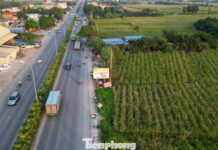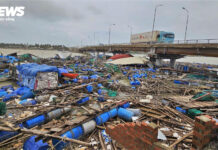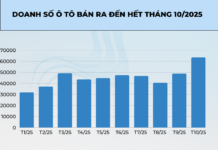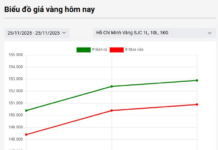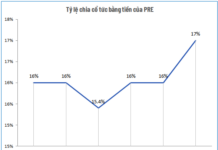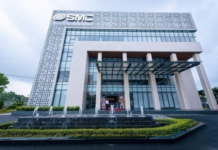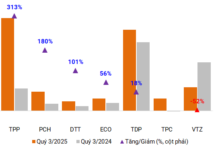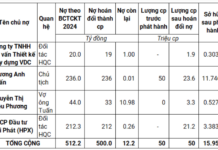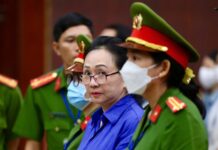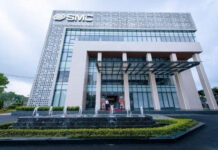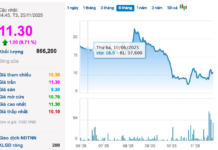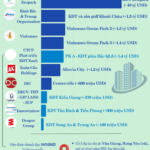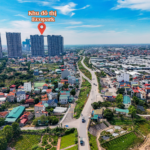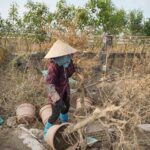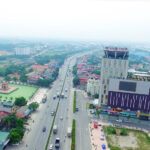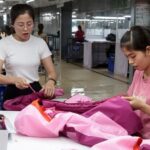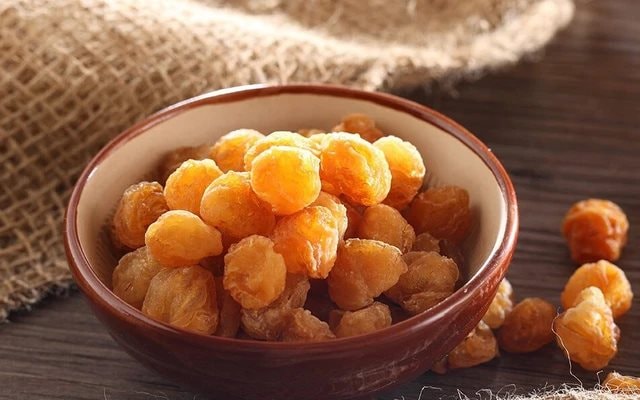
This is the famous Hung Yen lychee (known as Hung Yen lychee) – a royal fruit with a rich history and a unique taste.
Recently, according to the People’s Committee of Hung Yen Province at the Conference on Promotion of Hung Yen Lychee and Agricultural Products Consumption in 2025, the province has approximately 5,800 hectares of lychee gardens. Of this area, 15-20% is dedicated to growing special and rare varieties such as ‘duong phen’ and ‘cui co’ lychees. These varieties are renowned for their sweet and refreshing taste, thick flesh, and small seeds.
These special lychees are primarily grown in areas such as Hong Chau, Tan Hung, Duc Hop, Hong Quang, Khoai Chau, Chau Ninh, and Trieu Viet Vuong. The unique terroir and favorable climate of these regions, coupled with the local community’s long-standing tradition and expertise in cultivation, contribute to the exceptional quality of Hung Yen lychees. As a result, they are not only delicious but also boast stable yields and are highly favored in both domestic and international markets.
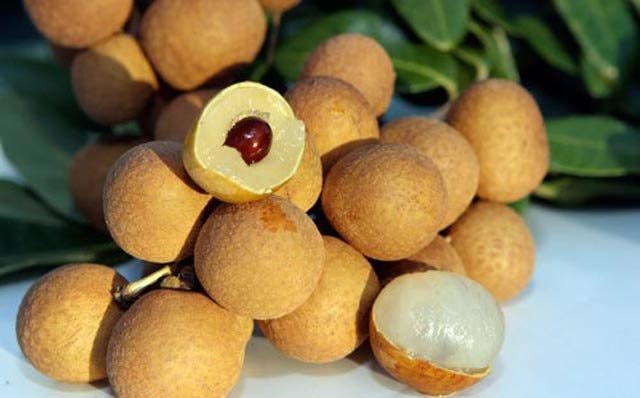
Estimated yield of Hung Yen lychees in 2025 exceeds 50,000 tons. Illustrative image
As reported by the People’s Committee of Hung Yen Province, the lychee harvest in 2025 can be divided into three main stages. Firstly, the early-maturing lychees are harvested before July 30, accounting for about 10% of the total area. Secondly, the main crop is harvested from August 1 to 30, contributing to 50% of the total yield. Lastly, the late-maturing lychees are picked from August 30 to September 20, making up the remaining 40%. This staggered harvest strategy helps extend the supply period and prevent price drops due to oversupply. Notably, favorable weather conditions have contributed to a projected increase of approximately 15% in yield compared to last year, totaling over 50,000 tons of lychees.
According to the People’s Committee, over 60% of the lychee production meets the stringent requirements of VietGap and organic certifications, making it suitable for demanding markets such as the US, EU, and Japan. Additionally, Hung Yen lychees are gaining traction in new overseas markets like Australia and South Korea. Notably, exports to the large consumer market of China are also being maintained.
Lychees are among the key agricultural products of Vietnam that are officially exported to China, alongside durians, bird’s nests, sweet potatoes, dragon fruits, mangosteens, mangoes, and jackfruits.
In fact, Hung Yen lychees have been granted geographical indication status and are ranked among the Top 50 famous fruits of Vietnam. Therefore, maintaining their quality and brand reputation not only holds economic significance but also contributes to preserving the cultural values characteristic of the Red River Delta region of Vietnam.
Hung Yen Lychees Hold Great Export Potential
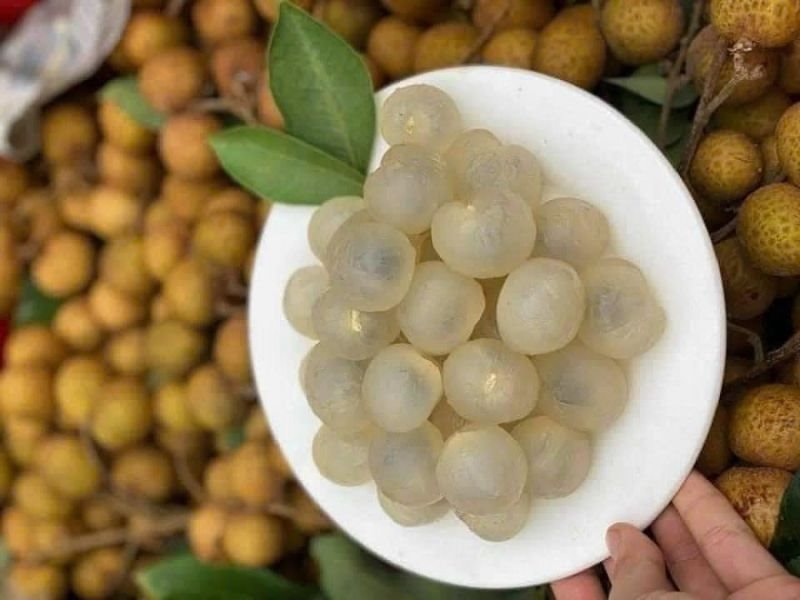
Hung Yen lychees are gaining popularity in global markets such as China, the US, and Japan. Illustrative image
At the Conference on Promotion of Hung Yen Lychee and Agricultural Products Consumption, Mr. Bui Quang Hung, Deputy Director of the Trade Promotion Department (Ministry of Industry and Trade), revealed that Hung Yen lychees have made their mark in numerous countries over the past few years. China remains the largest consumer, with a demand for about 700,000 tons of lychees annually. However, this market is transitioning from informal to formal imports, requiring products to have region codes, proper packaging, and labeling. While this poses a challenge, it also presents a significant opportunity for the Hung Yen lychee brand to establish itself in the formal market.
Meanwhile, according to the Deputy Director of the Trade Promotion Department, the US and EU markets prioritize organic products with clear traceability and international certifications. Hung Yen lychees have gradually penetrated these markets, and their potential remains vast if consistent quality is maintained. Additionally, ASEAN and Middle Eastern countries are also promising destinations due to their proximity, diverse consumer demands, and fewer technical barriers.
The Deputy Director emphasized that beyond fresh lychees, global consumption trends are shifting towards processed products such as dried lychees, frozen lychees, and lychee juice. Therefore, investing in the processing industry will not only enhance the value of the fruit but also extend its consumption period and reduce seasonal pressure.
To further elevate the value and expand the market reach of Hung Yen lychees and other local agricultural products, the Deputy Director suggested that the province should focus on building and promoting its brand through multi-channel communication strategies. This includes utilizing both traditional and digital platforms, organizing “Hung Yen Lychee Week” in major cities and foreign markets, standardizing production processes, strictly adhering to VietGAP, GlobalGAP, and Organic standards, and expanding the area with export-oriented region codes.
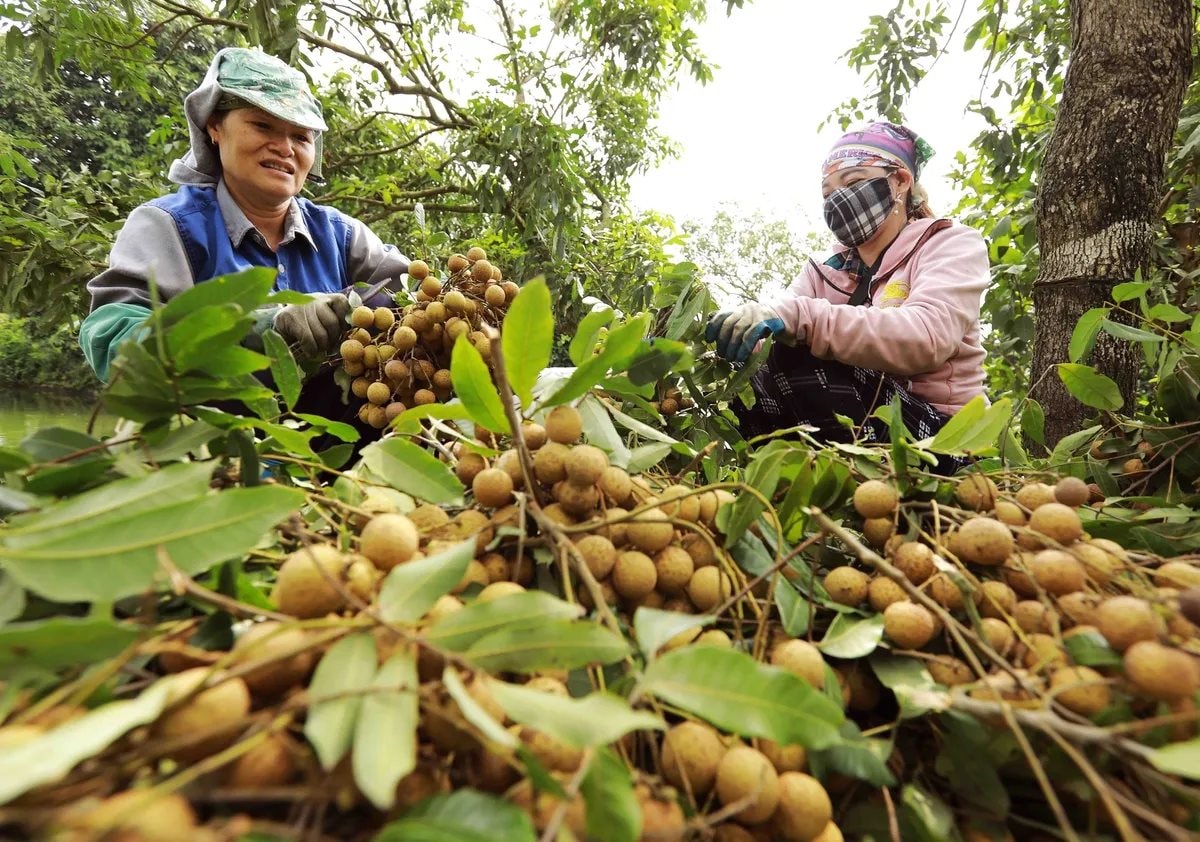
Lychee harvest in Hung Yen. Image: VNA
The main lychee-growing regions in Vietnam include provinces like Hung Yen, Son La, and several areas in the northern region.
Hung Yen lychees, also known as ‘long’ lychees, have a long history dating back to the 16th century. The renowned scholar Le Quy Don once described the unique taste of these lychees as follows: “When placed in the mouth, the sweetness permeates even between the teeth, and the tongue savors a heavenly flavor.” In the 11th year of the Minh Mang reign (1830), the people of Hung Yen selected the finest lychees to offer to the King. Since then, these lychees have also been known as “lychees for the King.”
The Mighty Hong River: Unveiling Hung Yen’s 9.3 Trillion VND Transportation Project
On August 19th, Hung Yen province will commence construction on a transformative transportation project – the ‘Heritage and Cultural Tourism Corridor along the Hong River for Economic Development’. With a staggering investment of nearly VND 9,300 billion, this mega-project is poised to revolutionize the region’s connectivity and unlock its cultural and economic potential.
Anxiously Reviving the North’s Largest Bonsai Village
“I have to immediately rehabilitate the land and borrow capital for reproduction. The people of Phung Cong will rise again, and the fields will be green,” said Nguyen Thi Quyen determinedly. However, like many other residents of Phung Cong, Sister Quyen is anxious and worried as the dike has been destroyed for a real estate project, and the floods will inevitably return one day…

